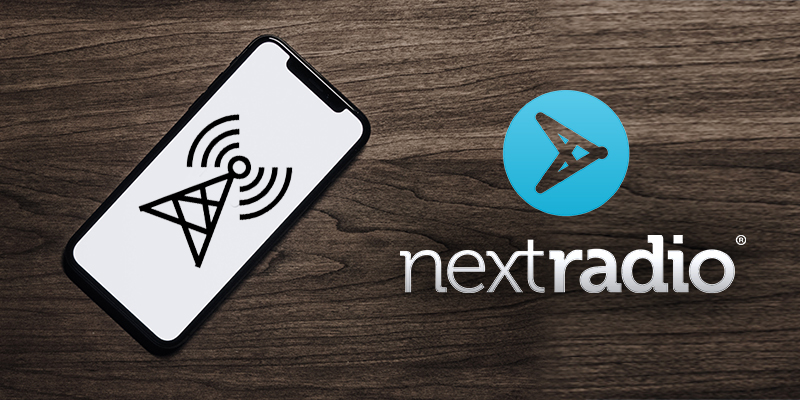
Emmis Communications’ Paul Brenner leads the NextRadio project, an app that allows Android phone users to listen to FM radio, without being connected to the internet or using data. Thanks to the radio industry’s commitment – and a hundred-million-dollar investment – more than one million listeners use the app each month to listen to music, sports and news. We talked with Paul about how NextRadio works, why it matters and what comes next.
Can you walk us through how NextRadio works?
NextRadio uses the same sort of technology that the radio in your car does, an over-the-air analog signal. Users can listen to any station that’s in their signal range. It’s made possible by an FM chip, activated in certain smart phones, and your earbuds, which work as an antenna.
So, if you have the app, plugging in your headphones is just like turning on the car radio. Once you do that, you can listen to whatever is available in your local market. And it saves your phone battery and minimizes data use.
What do people use NextRadio for?
The same things they use a traditional radio for – listening to local news, sports and entertainment. This year, listeners were able to enjoy all of the NBA playoffs through the app. Most people like it because it’s truly free, over-the-air radio.
We see a massive spike in usage of our app, in the range of 1,000 percent or higher, in the event of emergencies or natural disasters, such as hurricanes.
Do you have any examples of NextRadio serving as a literal lifeline?
During the hurricanes in Texas and Florida last year, we had a 1,300 percent increase in usage.
We received notes from nursing home residents saying, ‘NextRadio was the only way I could learn what was going on during the hurricane.’
With our app, people don’t need Wi-Fi, a carrier, a 3G or 4G connection. So, in emergency situations — when there’s no power, no carrier, no connectivity — people can just plug in their antenna, which is their earbuds, and now they’re listening to local information.
People tend to forget about local radio until they need it, but it serves a vital purpose during these sorts of natural disasters.
Where do you see NextRadio going in the next few years?
We’re working to develop a more personalized experience. Just like internet radio providers, we collect data about our listeners’ preferences. We know how they respond to certain commercials and songs. Our ultimate goal is to figure out how radio can become a more one to one experience, compared to the one to many experience it is now.
Younger audiences want a listening experience that is uniquely targeted to them. We in the industry need to figure out how to give that to them. And a lot of that transformation will be driven by the data we collect.
More than 2.47 million American jobs depend on broadcasting, and the local broadcast radio and television industry - and the businesses that depend on it - generate $1.17 trillion annually for the nation's economy.